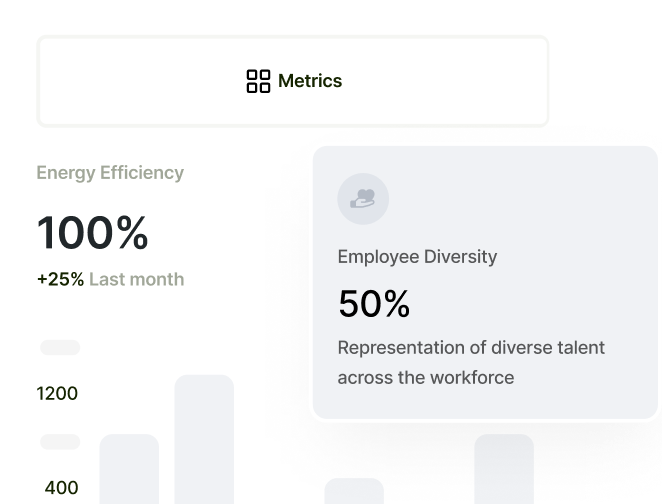Intéressé ? Contactez-nous maintenant
Pour nous contacter, veuillez remplir le formulaire à droite ou nous envoyer directement un email à l'adresse ci-dessous
sales@senecaesg.com
The GHG Protocol is proposing major revisions to its 2015 Scope 2 Guidance, which governs how companies account for emissions associated with their electricity, steam, heat and cooling consumption. Recognizing that the rules developed a decade ago no longer match today’s energy systems, data availability or disclosure expectations, the update aims to enhance accuracy, transparency and comparability in corporate reporting.
Key changes under consideration include temporal and geographic matching of electricity consumption and generation: companies may soon be required to align their renewable energy certificates or power‑purchase agreements with the actual hour and grid region of their consumption, closing the current gap where annual, broad‑market matching allows far-flung procurement to count for “100% renewable” claims. The revised location-based method will also be updated with a new emission‑factor hierarchy to support more precise regional and time-specific reporting. In the market-based method, stricter deliverability, additionality and procurement quality criteria will apply.
A draft of the revisions has been approved by the GHG Protocol’s Independent Standards Board and a public consultation period is scheduled to open later in 2025, with a final version expected by mid‑2026 and full implementation by 2027. The update process sits within a broader overhaul of the corporate emissions‑reporting suite.
For businesses, especially large energy consumers, the implications are significant. Companies that rely on legacy procurement models or unbundled energy‑attribute certificates may find their “zero‑emissions” claims challenged by new rules demanding closer alignment with actual grid consumption. They will need to upgrade data systems, implement hourly tracking or limit procurement to nearer‑site resources. Smaller companies or those with less complex energy use will enjoy some flexibility through phased timelines and exemption thresholds.
While the changes promise more credible and comparable disclosures, and align with evolving regulatory regimes and investor expectations, they also raise concerns about implementation complexity, cost and potential disruption to existing clean‑energy procurement markets. As such, organizations should begin assessing their current Scope 2 strategies now to ensure readiness when the new guidance comes into force.
In short, the GHG Protocol’s upcoming Scope 2 update marks a shift from broad-brush renewable claims to more tightly‑matched, data-driven accounting. Companies must adapt quickly or risk their emissions disclosures being viewed as less credible in an increasingly rigorous sustainability landscape.
Source :
Suivez les performances ESG dans les portefeuilles, créez vos propres cadres ESG et prenez de meilleures décisions commerciales éclairées.

Pour nous contacter, veuillez remplir le formulaire à droite ou nous envoyer directement un email à l'adresse ci-dessous
sales@senecaesg.com7 Straits View, Marina One East Tower, #05-01, Singapour 018936
+(65) 6223 8888
Gustav Mahlerplein 2 Amsterdam, Pays-Bas 1082 MA
(+31) 6 4817 3634
77 Dunhua South Road, 7F Section 2, Da'an District Taipei City, Taïwan 106414
(+886) 02 2706 2108
Viet Tower 1, Thai Ha, Dong Da Hanoi, Vietnam 100000
(+84) 936 075 490
Av Jorge Basadre Grohmann 607 San Isidro, Lima, Pérou 15073
(+51) 951 722 377
1-4-20 Nishikicho, Tachikawa City, Tokyo 190-0022